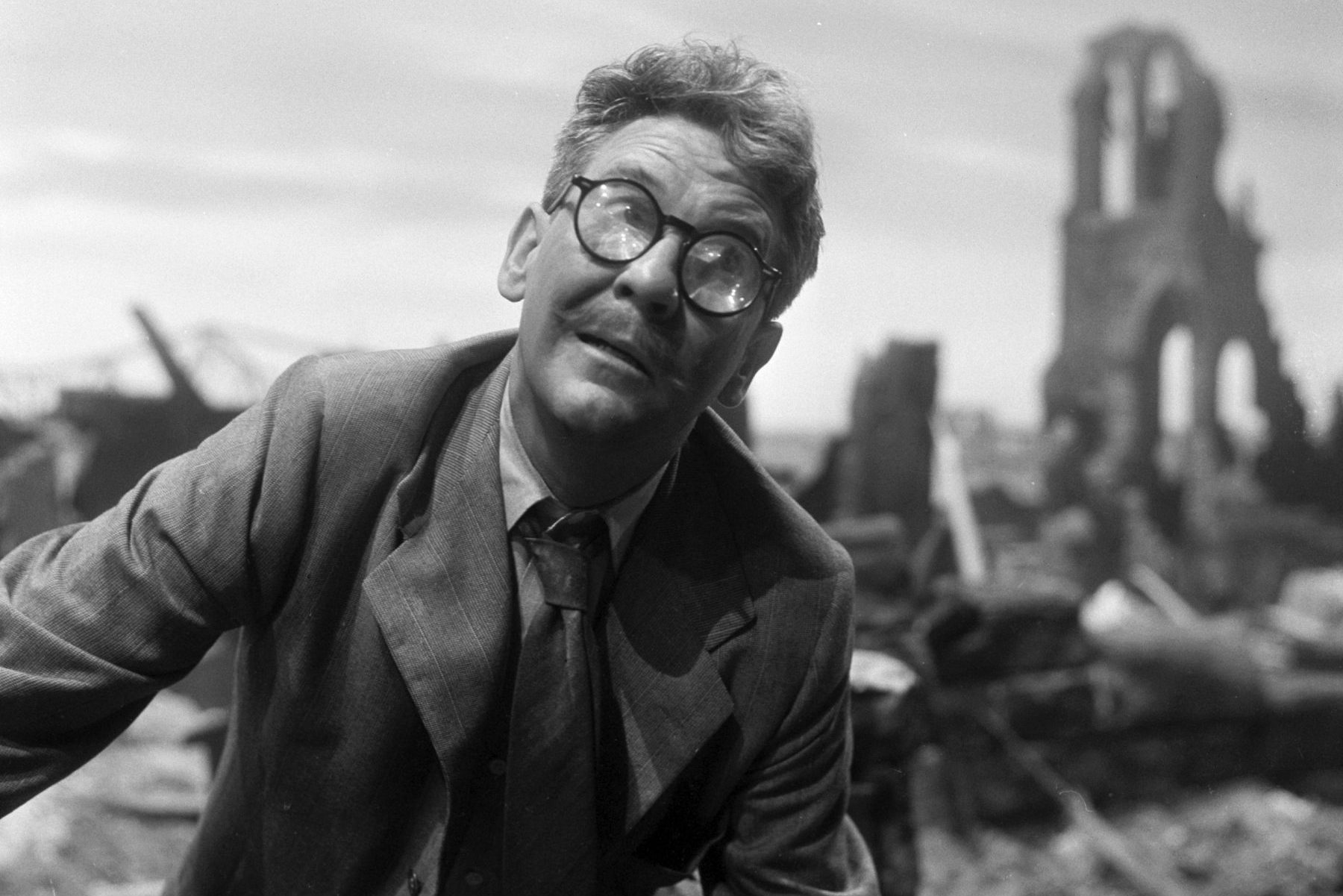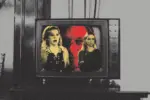Have you heard of the 5th dimension, beyond that which is known to man? The dimension as vast as space and as timeless as infinity? The middle ground between light and shadow, between science and superstition? The state that lies between the pit of man’s fears and the summit of its knowledge? This is the area we call “The Twilight Zone;” it is never-changing and never-ending. Prepare to explore this surreal space and all of the adventures it has to offer through this boundless, timeless television classic.
“The Twilight Zone” was created and presented by Rod Serling, who had previously worked as a scriptwriter on shows like “Patterns” and “Playhouse 90.” Serling hated working for these productions, he grew increasingly frustrated with the constant edits from their respective networks. He wanted to tackle realistic and controversial topics and saw science fiction as a less restrictive genre. In 1957, Serling developed a pilot episode for “The Time Element,” his first science fiction story, but it was later rejected and shelved away. A year later, TV producer Bert Granet discovered the script and produced it for an episode of “Westinghouse Desilu Playhouse.” The episode was a grand success, and its consequent popularity led Granet to produce Serling’s next project, “The Twilight Zone.”
“The Twilight Zone” ran for 156 episodes, premiering in October 1959 and concluding in June 1964. While fans primarily know him as the show’s host and narrator, Serling also wrote the majority of the episodes while serving as the executive producer of the series. Each episode tells a stand-alone story that features one or multiple characters facing unusual, often disturbing, events that conclude with a twist or, perhaps surprisingly, a moral lesson. The surreal narrative blend of paranormal and fantasy horror quickly became a stylistic staple of “The Twilight Zone.”
The show is known for its celebrity appearances; Serling’s anthology series helped to establish and rejuvenate many celebrity careers. Since “The Twilight Zone” was an episodic anthology, most guest stars would appear in one or two episodes to play one-off characters. It would take all day to name the hundreds of celebrities that appeared on the show, but some notable examples include Carol Burnett, Mickey Rooney and Robert Redford.
It’s hard to narrow down the best episodes of the series due to the its vastness. Any “Top 10 Twilight Zone Episodes” list will be subjective, but some notable examples — including “Time Enough at Last,” “To Serve Man” and “Nightmare at 20,000 Feet” — serve as good starting points for new viewers.
“Time Enough at Last” (Season 1, Episode 8) was originally written as a short story by Lynn Venable and is centered around a man who seeks comfort and salvation in a post-apocalyptic environment. Roughly seven years after its publication, director John Brahm realized the short story on the small screen, and the episode quickly became a fan-favorite.
“To Serve Man”(Season 3, Episode 24) was inspired by Damon Knight’s 1950 short story. Richard L. Bare served as the director, and went on to direct six more episodes of the show. At the risk of spoiling the twist ending, let it suffice to say that the episode had an indelible effect on popular culture and has been referenced in shows such as “The Simpsons” and “Buffy the Vampire Slayer.”
“Nightmare at 20,000 Feet” (Season 5, Episode 3) may scare viewers into developing aerophobia — a fear of flying — but it’s nonetheless one of the most quotable and memorable episodes of the series. Richard Matheson wrote the original short story in 1961, and Richard Donner (who would go on to direct “The Goonies” decades later) was the episode’s director. Starring William Shatner, the episode follows an airline passenger who observes a creature on a wing of the plane.
Shockingly, in 1964 CBS cancelled the entire show. While some criticized the show for going far over-budget and garnering mediocre ratings, Serling defended himself by stating that he was burnt-out from ceaseless creative differences and a heavy workload. He later received an offer from ABC to produce a more explicit horror-themed series called “Witches, Warlocks, and Werewolves” but stated that he was not interested in the project. After selling the rights to “The Twilight Zone” to CBS, he temporarily stopped working on similar projects until 1969, when he created “Night Gallery.”
Hence, it may come as a surprise that there are numerous the continuations and revivals of “The Twilight Zone.” Besides the iconic “Tower of Terror” Disney attraction, three spin-off series sparked renewed interest in the show for future generations of fans. In 1983, Warner Bros. released “Twilight Zone: The Movie” as four segmented episodes combined into one film. In 1985, CBS revived Serling’s show, inserting multiple self-contained stories into one episode with interspersed narration. Two more revivals were produced in 2002 and 2019, albeit with limited publicity and acclaim.
“The Twilight Zone” is often regarded as one of the greatest TV shows of all time. In 2013, the Writers Guild of America ranked it third on the list of the best-written shows ever made, and Rolling Stone ranks it 12th on its list of “The 100 Greatest TV Shows of All Time.” Furthermore, the episodes “To Serve Man” and “It’s a Good Life” are ranked at 11 and 31, respectively, on TV Guide’s “100 Greatest TV Episodes of All Time.” Serling has also won multiple accolades, including two Primetime Emmy Awards, multiple Hugo awards and a Golden Globe Award for “Best TV Producer/Director.”
“The Twilight Zone” is nothing short of a monumental TV series. Serling — in an outstanding feat of creative direction — illuminated unique concepts throughout his brilliant mixture of sci-fi and supernatural drama. If it weren’t for Granet finding the shelved script, “The Twilight Zone” would not exist, and Serling’s impact on popular culture would be lost.
Iconic scenes from these classic episodes inspired decades of upcoming works with similar themes. Today, families and viewers of all ages can gather together and be entertained by the show’s idiosyncratic moments. The series has continued to air on weekdays, weekends and holidays for decades; it may just be time to turn on the TV and travel into that 5th dimension: “The Twilight Zone.”

















